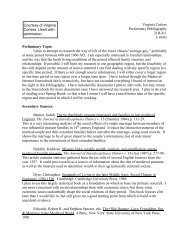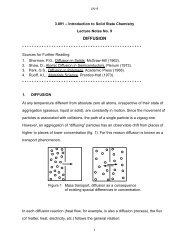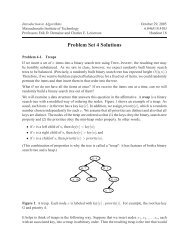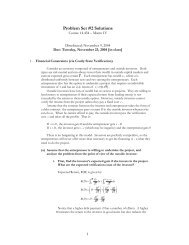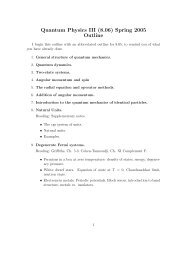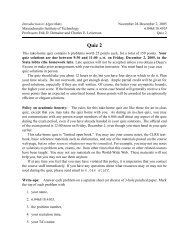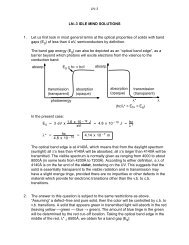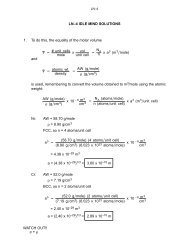Using Foreign Languages in the Middle Ages
Using Foreign Languages in the Middle Ages
Using Foreign Languages in the Middle Ages
Create successful ePaper yourself
Turn your PDF publications into a flip-book with our unique Google optimized e-Paper software.
consciousness. As one scholar notes, “<strong>in</strong> this context Christianity and writ<strong>in</strong>g must be<br />
thought of toge<strong>the</strong>r.” 34 Books could be powerful symbols for preliterate pagans. In a letter<br />
of 735, Boniface asks that an abbess “copy out for me <strong>in</strong> letters of gold <strong>the</strong> epistles of my<br />
lord, St. Peter, that a reverence and love of <strong>the</strong> Holy Scriptures may be impressed on <strong>the</strong><br />
m<strong>in</strong>ds of <strong>the</strong> hea<strong>the</strong>ns to whom I preach,” imply<strong>in</strong>g that an impressive book is as important<br />
35<br />
as his actual message to conversion.<br />
Language and Identity<br />
In <strong>the</strong> examples seen so far, language was used more as a tool of power than a means of self<br />
def<strong>in</strong>ition. To <strong>the</strong> extent that ethnic or national identities were def<strong>in</strong>ed, language did not play<br />
an important role. But <strong>in</strong> <strong>the</strong> 12th and 13th centuries, language and group identity became<br />
slowly more <strong>in</strong>tertw<strong>in</strong>ed, <strong>in</strong> several contexts. This l<strong>in</strong>k was always made with reference to<br />
o<strong>the</strong>r languages, show<strong>in</strong>g <strong>the</strong> chang<strong>in</strong>g ways <strong>the</strong>y were thought about and used.<br />
Scholars agree that England’s Norman conquerors “generally became English while con<br />
t<strong>in</strong>u<strong>in</strong>g to speak French,” though estimates on when <strong>the</strong>y thought of <strong>the</strong>mselves as English<br />
range across <strong>the</strong> twelfth century, mak<strong>in</strong>g it hard to consider a l<strong>in</strong>k between <strong>the</strong>ir l<strong>in</strong>guistic<br />
and cultural identifications. But it is clear that by <strong>the</strong> 14th century, <strong>the</strong> notion of a unified<br />
English people had become associated with <strong>the</strong> English language. <strong>Middle</strong> English had vo<br />
cal proponents for its use as a literary language by 1300, while <strong>the</strong> new Lancaster dynasty<br />
sought symbols of Englishness to legitimate its dubious claim to <strong>the</strong> throne. Englishness and<br />
34 Bäuml (1997), p. 124.<br />
35 Boniface, Letter 21.<br />
11



![18.03 Class 21, April 3 Fun with Fourier series [1] If f(t) is any decent ...](https://img.yumpu.com/51148985/1/190x245/1803-class-21-april-3-fun-with-fourier-series-1-if-ft-is-any-decent-.jpg?quality=85)

